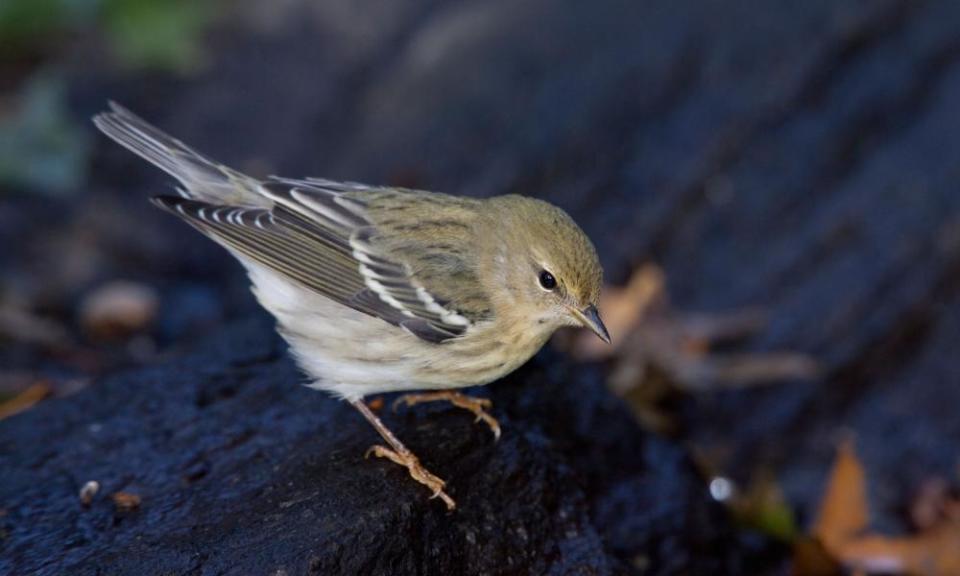City flights: birds flocked to urban areas as Covid kept people home, study finds

The shutdown of traveling and socializing during the Covid-19 pandemic last year brought severe dislocation to many people, but if you were a bird during this time it was highly appealing, new research has found.
The distribution of 80% of studied bird species in North America changed during pandemic lockdowns last year, the study found, with most of these species increasing in abundance in and around urban areas that fell unusually quiet due to a sudden drop in traffic.
Warblers and native sparrows shifted into the cores of cities, ruby-throated hummingbirds were three times more likely to be seen near airports than before and bald eagles showed a direct preference for the lockdowns, moving in significant numbers to areas that had the tightest restrictions on human activity.
Much of the shift in bird behavior centered around roads. Whereas previously most species avoided areas near busy roads due to air pollution, noise or the risk of being hit by cars, the research found that many moved back into these areas once the streets became quiet as people stayed at home.
“The remarkable thing is how species changed their distributions, how lockdowns benefitted them,” said Nicola Koper, a conservation biologist at the University of Manitoba who co-authored the study, published in Science Advances. “If you look at the data before the pandemic, bird species avoided roads but that pattern completely went away. They didn’t perceive roads as dangerous once the traffic went. This suggests that traffic has displaced birds and once you remove cars they will move back in again.”
The initial wave of lockdowns when the coronavirus swept the world last spring brought reports of various animals reoccupying spaces normally full of people, cars, planes or shipping. Ducks were seen in the fountains of Rome, cougars in the streets of Santiago, dolphins off Istanbul and goats wandering the streets of Llandudno in Wales.
Such sightings were largely anecdotal, however, so Koper and her fellow researchers went about systematically analyzing records of more than 4.3 million birds observed by volunteers through eBird, a community science program. Through this, the study could determine how populations of birds shifted during the pandemic compared with lockdown measures.
The results of the research suggest that birds, and perhaps other animals too, benefitted from a respite in human activity. Since the 1970s, North America has lost 3 billion birds, nearly 30% of the total population, with habitat loss, pesticide use and climate change blamed as reasons for the sharp declines.
“People felt like they were seeing more wildfire near them last year and this may well be true,” Koper said. “This does suggest if we change our uses of the landscape we can provide more space for declining species. Lost habitat is hard to replace but we can do something about car traffic.
“I can look out of my window and see trees and grass and think that’s good for birds, but it isn’t if it’s right next to busy roads. We can make win-win choices that are good for birds as well as people’s health and climate change.”

 Yahoo Finance
Yahoo Finance 